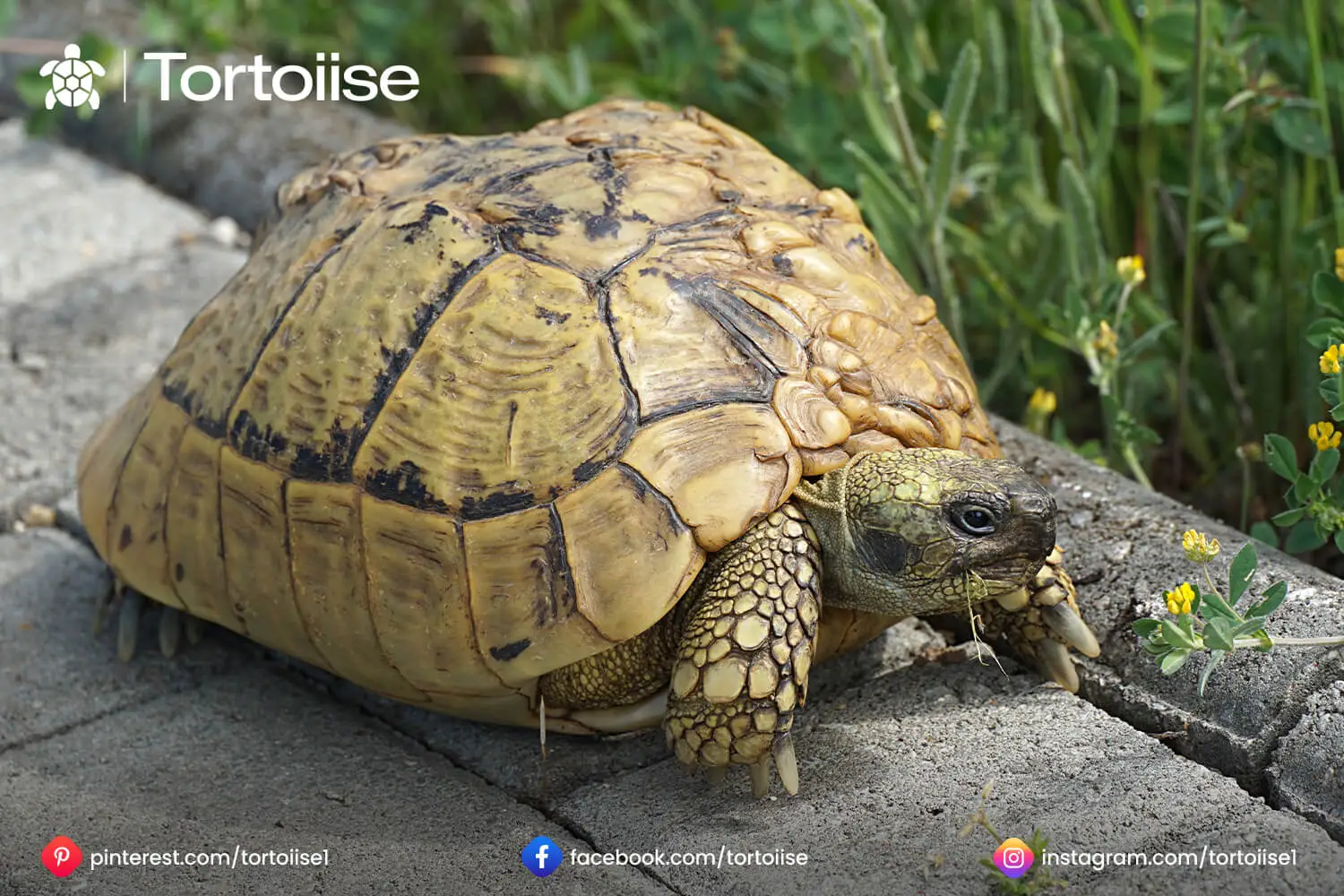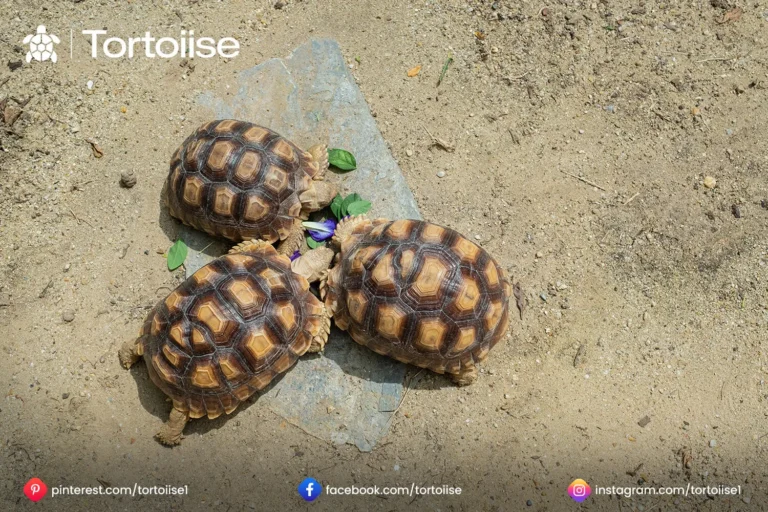How to tell how old a Russian Tortoise is
The Most Effective Method to Tell How Old a Russian tortoise is
The Russian tortoise, known for its small size, tough nature, and enchanting character, is among the most famous pet tortoises around the world. While it’s generally straightforward to focus on them, determining their age can be challenging. Dissimilar to warm-blooded animals, whose age can frequently be derived from teeth or fur changes, tortoises need such obvious signs. Nonetheless, a few techniques can assist with assessing a Russian tortoise age, regardless of whether they aren’t idiot-proof.
This article digs into the life systems, science, and conduct of Russian tortoise to investigate various methodologies for assessing their age precisely.
Why Knowing the Age of a Russian Tortoise Matters
Understanding your tortoise age can help you
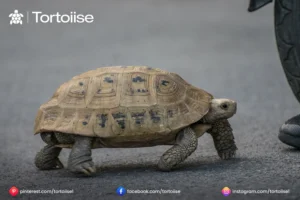
Give Suitable Consideration
Youthful tortoises need various eating regimens, territories, and care schedules contrasted with grown-ups.
Screen Development and Improvement
Realizing their age guarantees they’re developing at a sound rate.
Plan for Long-Haul Care
Russian totoise can live 40-50 years, so age assessment supports getting ready for their life span.
Actual signs old enough
The actual qualities of a Russian tortoise can offer hints about its age. While these strategies are not generally exact, they can give sensible assessments.
1.Shell Development Rings
One of the most normally utilized techniques to gauge a tortoise age includes looking at the development rings on its shell.
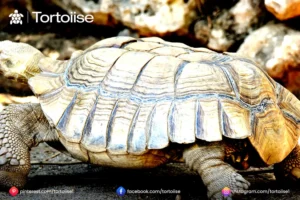
How It Functions
The shell of a tortoise is comprised of hard plates called scutes. As the tortoise develops, new layers of keratin structure on these scutes make apparent rings.
Each ring ordinarily relates to a time of development, frequently attached to occasional varieties.
Moves toward Look at Development Rings
Tenderly assess the scutes on the carapace (upper shell).
Count the rings on the scutes, beginning from the middle outward.
Limits
Development rings are not generally solid in more established tortoise since mileage can cloud the rings.
Development rates differ in light of diet, living space, and ecological circumstances.
2.Shell Size and Shape
A tortoise size can give a good guess of its age, particularly in more youthful people.
Development Stages
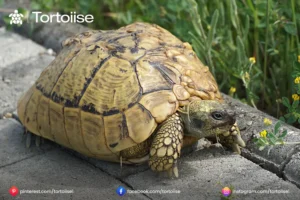
Hatchlings
Measure 1-1.5 creeps in shell length.
Adolescents
Develop consistently to around 3-5 creeps in 2-5 years.
Grown-ups
Arrive at their regular of 6-10 crawls by the age of 10-15 years.
Factors Impacting Size
A terrible eating routine or ecological circumstances can stunt development, while ideal consideration can speed it up.
3.Shell Surface
Shells are ordinarily smoother and shinier, mirroring their more limited openness to ecological components.
More seasoned Tortoise
Shells become harsher, blunter, and may give indications of wear like scratches or pits.
Social Marks Old enough
Conduct can likewise give a few bits of knowledge into a turtle’s age, especially when joined with actual perceptions.
1.Action Levels
Youthful Tortoise
Will generally be more dynamic and inquisitive, habitually investigating their current circumstance.
More seasoned Tortoise
Frequently increasingly slow and fiery yet at the same time fit for explosions of movement when essential.
2.Taking care of propensities
More youthful tortoise might have unquenchable hungers to help their fast development.
More established tortoise will quite often have more predictable yet moderate examples of taking care of.
Utilizing Authentic and Veterinary Information
1.Reception Records
Assuming that you bought or embraced your tortoise, survey the records given by the raiser, pet store, or salvage focus. Hatch dates or age appraisals might be incorporated.
2.Past Proprietors
For tortoise with obscure chronicles, reaching earlier proprietors can assist with laying out a surmised age.
3.Veterinary Assessment
Reptile veterinarians can give an age gauge in view of the tortoise size, shell condition, and general well-being.
Ecological and Way of Life Variables Influencing Age Assessment

1.Diet
Influence: A terrible eating routine coming up short on fundamental supplements can prompt sluggish development and immature shells, causing a youthful tortoise to seem more established.
2.Living space
Wild versus Hostage
Wild tortoise might have more worn shells because of regular components, prompting a misjudgment of their age.
Hostage tortoise with ideal consideration frequently become quicker and keep up with smoother shells.
3.Occasional Development Varieties
In mild environments, tortoise might develop seriously during spring and summer when food is plentiful and less during winter, adding to development ring arrangement.
Challenges in Deciding Age
Assessing the age of a Russian tortoise is certainly not a definite science because of a few difficulties.
Mileage
More seasoned tortoise might lose apparent development rings, making shell assessment inconsistent.
Development Fluctuation
Natural elements like temperature, food accessibility, and fenced-in area size influence development rates.
Life expectancy errors
Individual tortoise is contrastingly founded on hereditary qualities and care qualities.
Elective Strategies for Age Assessment
While less normally utilized, a few high-level procedures can assist with assessing a tortoise age
1.Radiography
X-rays can uncover interior skeletal turn of events, which changes with age. This strategy is more exact; however, it requires veterinary ability.
2.DNA Examination
Arising research recommends that DNA markers might show age in reptiles. In any case, this technique is still in its earliest stages and may not be broadly accessible.
Ways to Screen Your Tortoise Age and Development
Measure Routinely
Utilize a ruler or caliper to quantify the length of your tortoise shell every 3-6 months. Record these estimations to follow development.
Take Photographs
Customary photos can assist with reporting changes in size, shell condition, and hue over the long run.
Keep a Consideration Log
Record taking care of propensities, hibernation periods, and eminent conduct changes to make a nitty-gritty history.
Why Careful Age May Not Be Critical
While knowing the specific age of a Russian tortoise can be useful, it isn’t fundamental all the time. What makes the biggest difference is giving proper consideration custom-fitted to its life stage:
Hatchlings and Adolescents: Require higher moistness, a calcium-rich eating routine, and successive observing.
Grown-ups: Need stable natural circumstances and customary wellbeing checks.
Older Tortoise: May require gentler food, extra hydration, and changed walled-in areas to oblige decreased portability.
End
Deciding the age of a Russian tortoise is a perplexing interaction impacted by different physical, conduct, and natural elements. While strategies like looking at shell development rings, noticing size, and evaluating shell surface can give signs, they are not conclusive. Joining these perceptions with veterinary guidance and verifiable records can assist you with making an educated gauge.
At last, what makes the biggest difference isn’t your tortoise careful age; however, it’s its wellbeing and joy. By zeroing in on legitimate consideration, you can guarantee your Russian turtle flourishes long into the future, offering you a long period of friendship and satisfaction.
